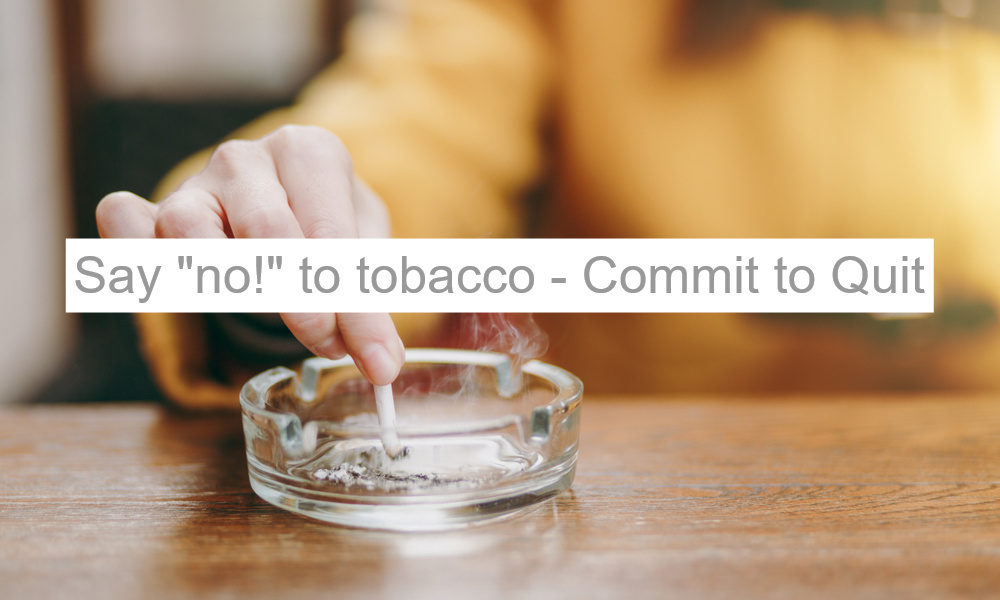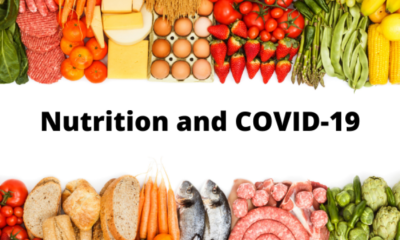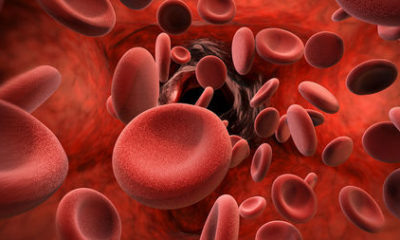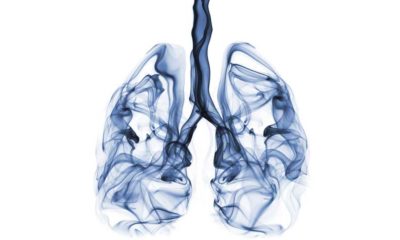Healthy Living
World No Tobacco Day 2021: All you need know about tobacco consumption and its ill effects

The 31st of May is celebrated as “World No Tobacco Day”. This was formally declared by the WHO (World Health Organization) in 1987 to draw global attention to tobacco usage and the benefits of cessation of tobacco usage and promote tobacco deaddiction. Each year, the WHO announces a theme that helps reduce tobacco consumption and help quit the addiction.
The WHO ranks Tobacco as the single largest preventable disease-causing agent in the world.
In 2020 the theme was – “The Secret’s Out” which was regarding awareness of Tobacco Industries tactics used to lure a new generation into tobacco consumers to increase product profits.
The theme this year in 2021 is – “Commit to Quit”.
Tobacco was first discovered by the Native Americans. Cultivation dates back to 1400-1000 BCE in Mexico. Following the entry of Europeans to America – tobacco gained importance as a trade item and was introduced to Europeans.
It was initially promoted to have health benefits and quickly gained popularity. It was introduced in India around the 17th century and quickly popularized as a smoking agent along with cannabis which had been the traditional smoke till then.
The tobacco epidemic is one of the biggest public health threats in the world. There are 1.3 billion tobacco users in the world. 80% of these come from low and middle-income countries in the world.
Tobacco is responsible for killing 8 million people in a year. Of these, 7 million are related to direct tobacco use while 1.2 million are related to non-smokers being exposed to second-hand smoke.
Non-communicable diseases contribute to 63% of deaths in the world and tobacco is one of the major contributors to preventable deaths in this category.
There is no safe level of exposure to tobacco and all forms of tobacco are harmful.
Consumption of tobacco in its various forms and its control measures are studied by the Global Tobacco Surveillance System (GTSS). Under the GTSS, the Global Adult Tobacco Survey (GATS) studies the consumption of tobacco and its prevalence in the age group of 15 yrs and above across the world over 22 countries. It also measures the effectiveness of the various anti-Tobacco measures in these countries.
India is the largest consumer of tobacco and its products in the world. It is used either as the smoked form (cigarettes, bidis, or hookas) or the smokeless form (Khaini, zarda, gutka, or betel quid). 28.6% (266.8 million) of adult Indians use tobacco comprising of 42.4% men and 14.2% of women.
The current prevalence in India as per GATS 2016-17of smoked formin adult is 19% males, 2% females, and 10.7% for both sexes combined. India has the highest number of people addicted to smokeless tobacco (SLT) with 199.4 million people using some form of SLT. 29.6% adult males and 12.8% adult females use SLT with a 21.4% prevalence for both sexes.
States with the highest smoked tobacco usage are Mizoram, Meghalaya, and Tripura. States with the highest smokeless tobacco usage are Tripura, Manipur, and Odisha with the highest overall tobacco usage seen in Tripura, Mizoram, and Manipur.
Smoking exposes the person to more than 7000 chemicals, of which nearly 250 are classified as harmful and 69 as carcinogenic. The main constituents are Nicotine, Carbon Monoxide, and Tar.
When non-smokers are exposed to smoke containing nicotine and other harmful chemicals from the exhaled smoke of smokers, it is called ‘Passive Smoking’. Smoking can affect nearly every body part.
Every activity related to tobacco is associated with a risk of disease. Forests are cleared to grow tobacco plants leading to environmental harm. Tobacco farmers are exposed to significant health risks, including the ‘green tobacco sickness. Many children are employed in the bidi industry leading to health hazards and child labor.
The burning of tobacco leads to the release of several toxic chemicals in the environment. Manufacturing, packaging, and transportation expose people to tobacco and also leads to environmental pollution.
Most smokers don’t realize that cigarette butt harms the environment. 4.5 trillion cigarettes get discarded each year worldwide, making them the most littered item on earth. The cotton-like material of the butt is made of a plastic called cellulose acetate, which is very slow to disintegrate.
Used but is full of harmful chemicals which can pollute soil, waterways, and living organisms that come in contact with them. They are the largest source of micro-plastic pollution on the planet.
Some of the disease directly attributable to tobacco usage are:
- Cancer – Oral and Nasal cancers, laryngeal cancer, cancers of the respiratory tract, liver, pancreas, kidney, urinary bladder, cervix
- Cardiovascular disease – Coronary artery disease, stroke, atherosclerosis, and hypertension
- Respiratory disease – COPD, asthma, tuberculosis
- Effect on pregnancy – bleeding during pregnancy, ectopic pregnancy, miscarriage, premature delivery, stillbirth, abnormalities of the placenta
- Effects on newborn – congenital abnormalities, increased risk of allergies, high blood pressure in childhood, the likelihood of obesity, stunted growth, poor lung function, asthma in childhood
- Other – worsening of rheumatological conditions, kidney damage, eye macular disease, dental caries, diabetes, inflammatory bowel disease, erectile dysfunction
About 3500 deaths daily in India are attributed to tobacco usage. Smoking also affects the lung and its ability to fight Coronavirus leading to more severe disease and poorer recovery.
The most important factor to quit tobacco is the will of the addict and the support of family and friend circle. Nicotine replacements are occasionally helpful to quit tobacco use.
Anti-depressants are sometimes required to help stay quiet. Behavioral therapy and psychotherapy may help. The national smoking cessation helpline is 011-22901701.
The latest GATS (2016-17) shows a 17% reduction in tobacco consumption in India. The average age of initiation to tobacco use has also seen a delay of one year from 17.9 yr in 2010 to 18.9 yr in 2016. There has been a reduction in exposure to secondhand smoke, both in public places and at home.
55% of smokers and 50% of smokeless tobacco users plan to quit tobacco. The expenditure on cigarettes has tripled and has doubled on bidi and smokeless tobacco. More people are now aware of the harmful effects of tobacco and second-hand smoke. The National Tobacco Control Cell has been tasked to spearhead the anti-tobacco movement in India and it remains committed to a tobacco-free India.
By Dr. Rajdeep P Guha, Head & Neck Onco Surgeon, HCG EKO Cancer Centre Kolkata









































